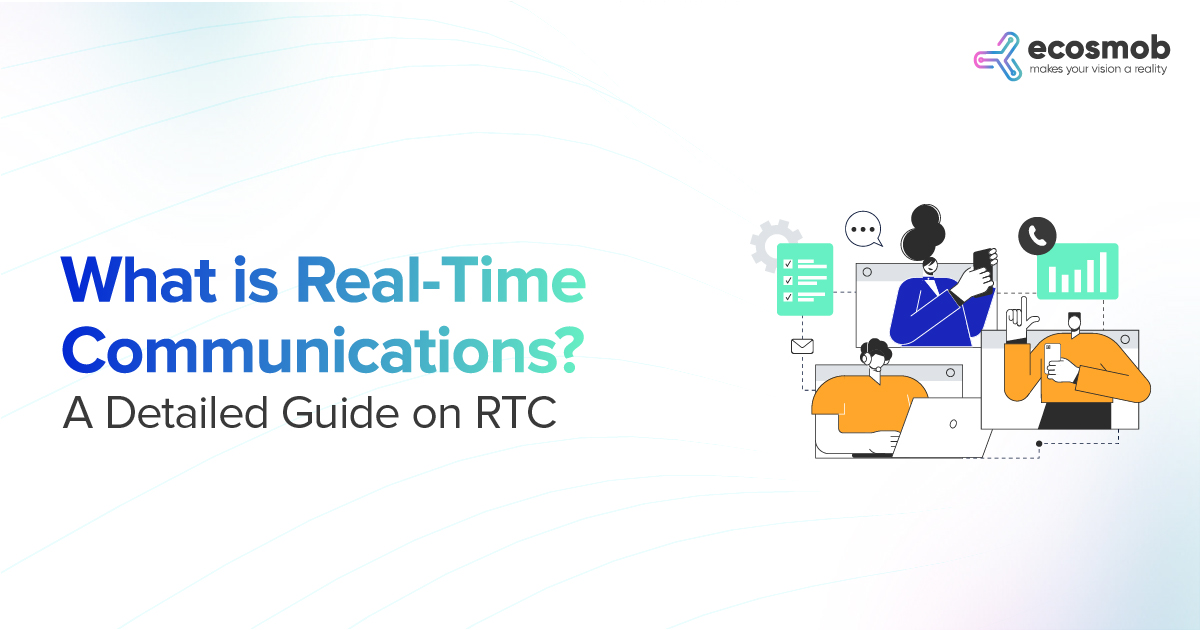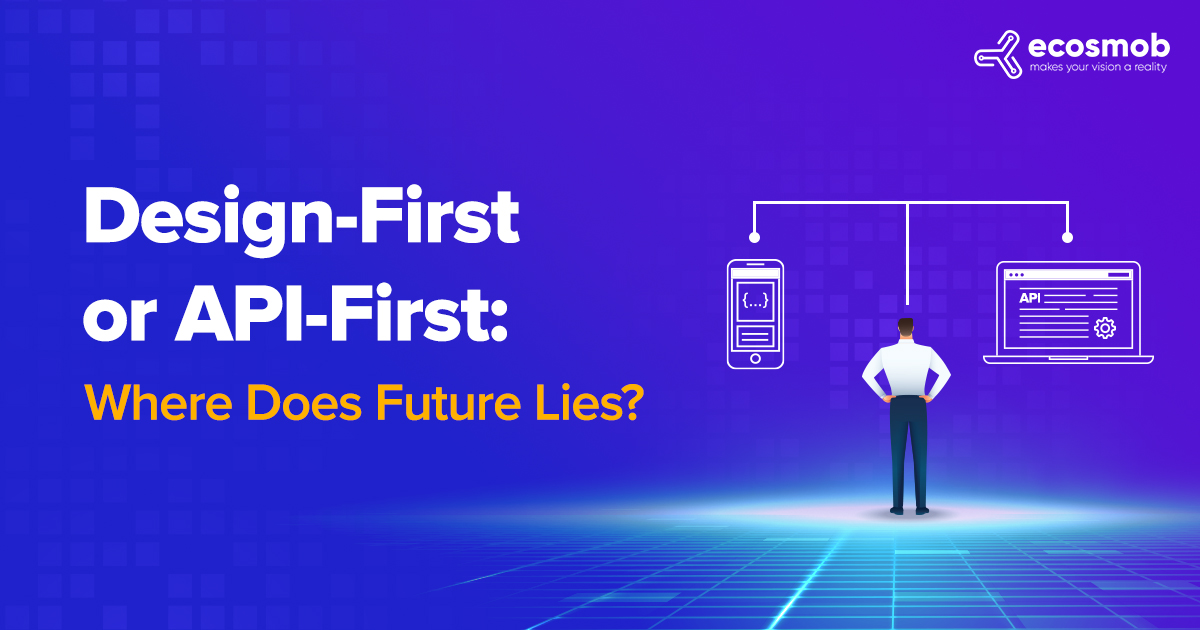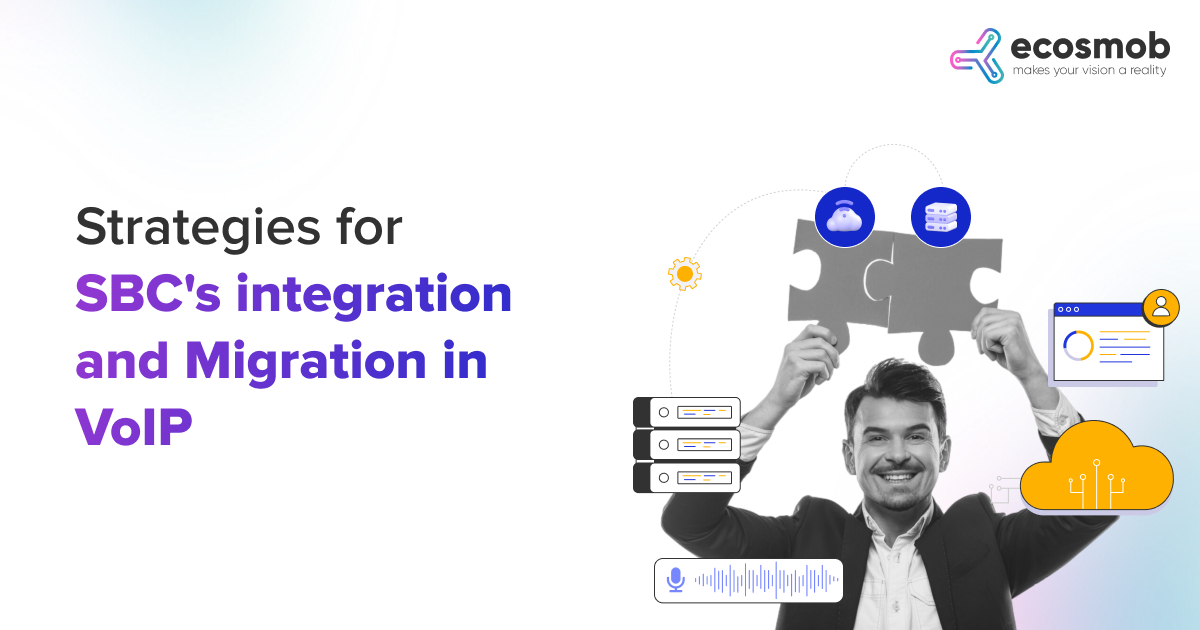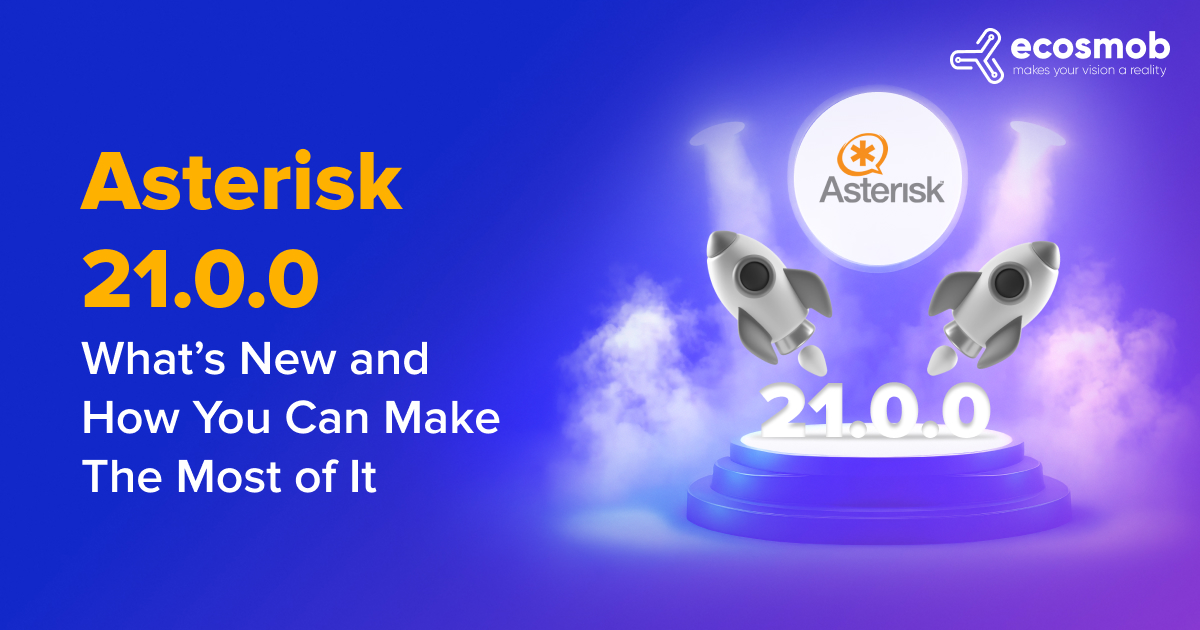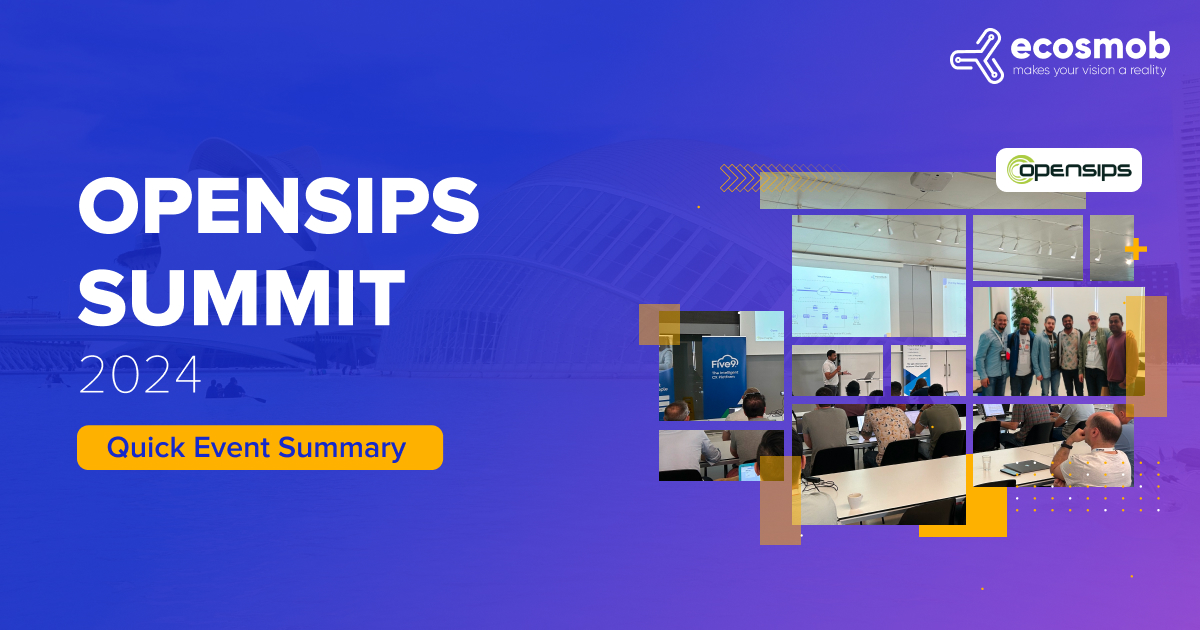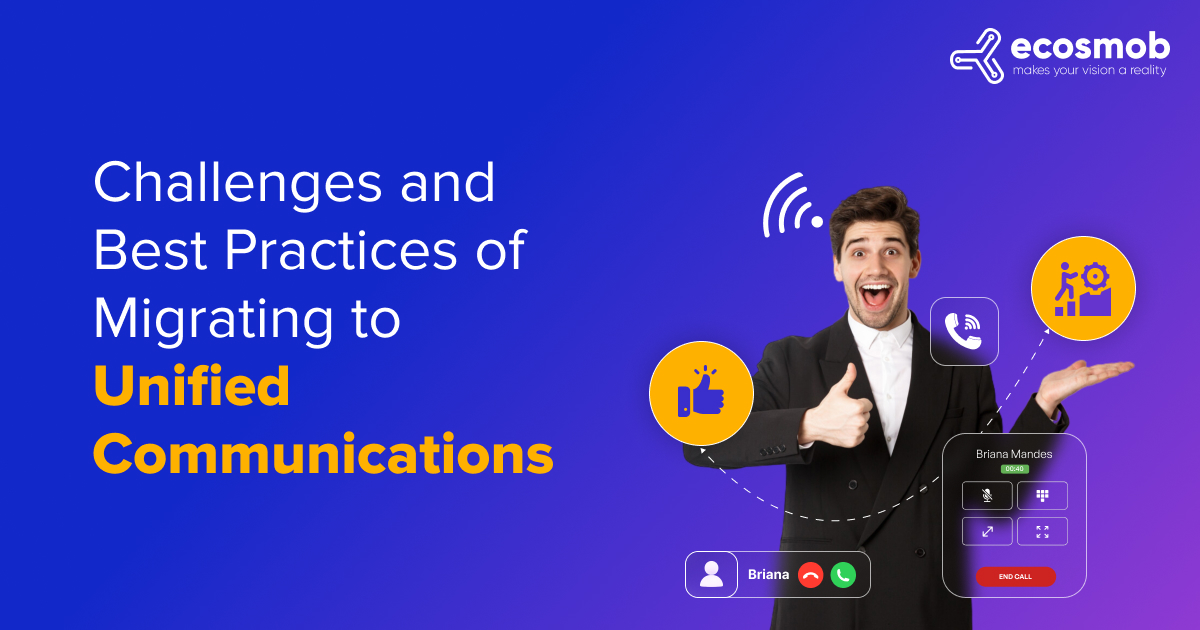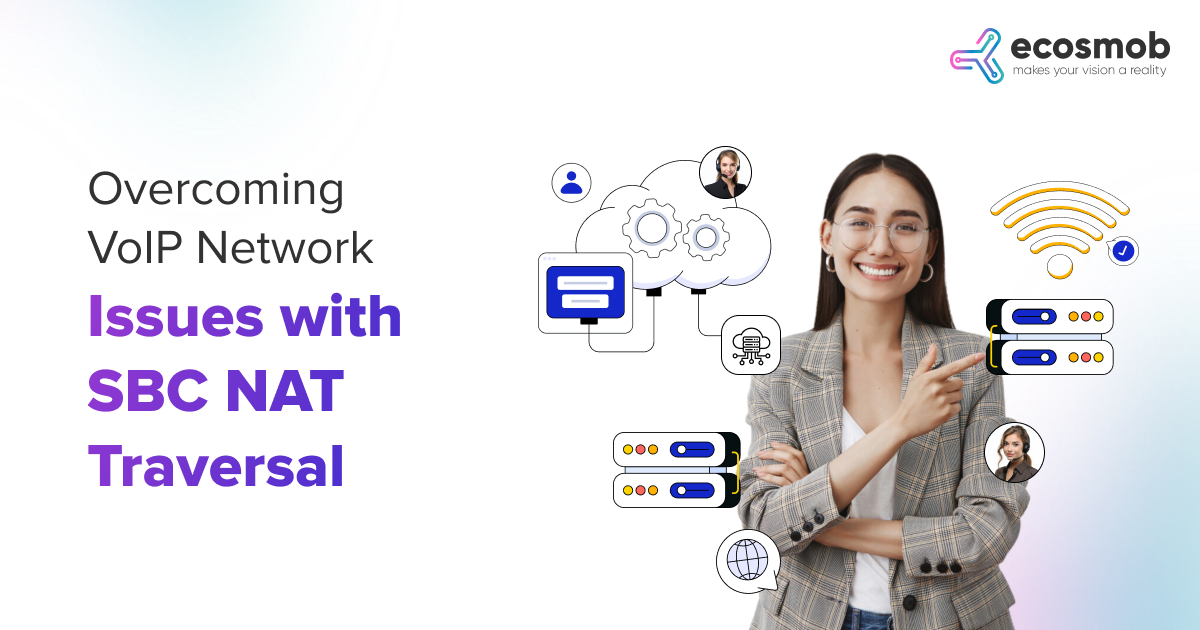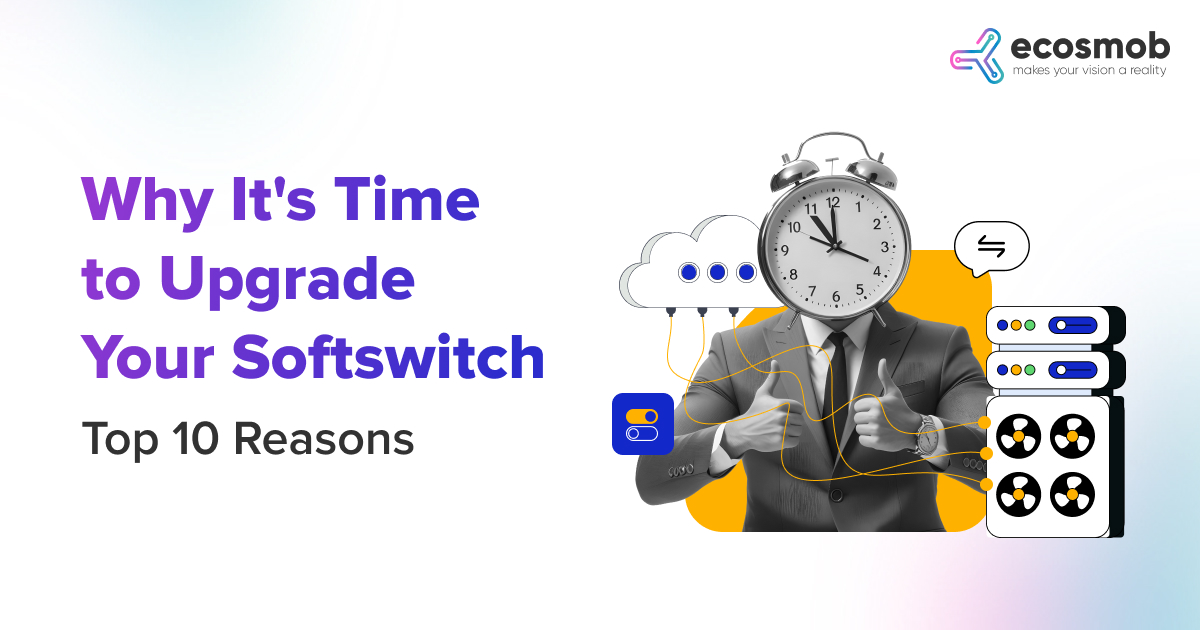With over 6.5 billion smartphone users worldwide, businesses are heavily investing in mobile app development to capture the market. Most businesses experience the most common dilemma while availing of mobile app development services: whether to choose design first or API-first approach. In the case of API first architecture, developers focus on the code of APIs to build reusable code for the product. On the other hand, the design-first approach involves a greater focus on the product’s design.
Both approaches have their perks. Let’s dive into an in-depth discussion of the API-first approach and design-first approach to evaluate the most suitable mobile app development approach for your business.
API-First Approach
If you are talking about API first development, you treat it as a business asset and understand the value they bring to the organization. Each API is around the contract that one can write in a description language of API like you can consider with open API for mostly reusability, broad interoperability, and consistency. If you start with API, you will allow the best plan to design the API and get feedback from stakeholders before writing any code.
Benefits of API-First
After adopting the reusable and consistent APIs, one will gain consistency. API-first approach brings the following advantages for mobile app development.
Saves money and time for the market
With the help of API first architecture, you can allow designing the API services, which will give the mobile app development company the confidence to start everything from scratch. Now developers can stay used to the same components on different projects, saving time, and the team can spend quality time building and even plugging in the other components.
Accelerated API development
If you continue with the API-first approach, one can easily break into the waterfall model. The team will cross the organization that can adhere to the services contract, leading them to build in the multiple APIs. You do not have to wait for the API’s update and completion. You can proceed to the work of the API next set. Accelerate the API development process with the help of API description documents and even with 3rd-party automation tools. With automation, you can reduce the time, taking the best of APIs and even the best of the application market.
No risk of application failures
The companies who want to use the API-first approach to software development will also consume the same approach with the organization. It helps you learn to be consistent and reliable with the first API approach that will ensure a decrease in the risk of any application failure. API description documents will even allow you to create perfect mock APIs to test the designs you need to spend time developing. You can even get feedback on the API design and find the problems in deploying the API.
Read our another blog on API-First App Development
The rise of API-First
The emergence of API-First development coincides with even the rise of microservices. Like for the individual and the autonomous services, which are loosely coupled and even work together, will provide the services. Amazon, PayPal, and Netflix have even moved from the monolithic to the architectures of microservices for the applications with great success. The move to microservices will allow the companies to develop the application with a high scalability level that even provides the best experience to the users. According to a survey, these were the findings on developers’ experience in adopting API-first architecture for developing microservices.
● 92% of people respond “to some success” using microservices.
● 61% of the users claim that they have been using microservices for a year.
● 29% are interested in migrating or implementing half of the system to microservices.
Companies today are taking up mobile apps development services to break down the capabilities of the core business into individual and even reusable services. They consider these microservices to offer software applications that will work dynamically and even provide a good user experience (i.e., UX) on the devices, screen sizes, and platforms. Without the help of APIs, one cannot have microservices applications and architectures. If a company adopts the API-first strategy for the software building product, you can enjoy incredible benefits.
Why do developers prefer an API-first approach?
The primary consumers of the API-first approach are developers. It will determine whether you will get API succession or failure; it will help the developers have rewarding and even the positive experience with using APIs. Therefore, you can use the API description and the third-party tools’ documents to create some things that will ensure a great developer experience.
1. Style guides
It takes up to the developers throughout the organization to design consistent APIs. With the help of JSON/YAML linter, it will be great for you to create the style guide for the APIs which use API descriptions- OpenAPI, RAML, and AsyncAPI.
2. Resource Availability
Client SDKs and libraries will help developers quickly get the APIs. You will generate the 3rd party tools and automatically generate the client libraries with SDKs from API description documents.
3. Documentation process
It will help the developers to properly understand the APIs and how they will work for you. With the perfect API description document, you can use the 3rd party tool and create well-designed documents that will automatically include code snippets of the APIs.
4. Application with future
With this approach, you are creating individual consumable services. Developers will easily plug specific services into the applications and leave out the things they do not need. If you decide to shut down, then you will improve the API component service, and the developers will replace it with API individually without disrupting the user experience. When developers ask for the latest cutting-edge features, one can update with API or even add the new API without rewriting any application and not touching the other APIs.
Design-First API approach
In this mobile app development approach, one will describe in an iterative way where humans and computers will have proper understandings before writing code is required. In this format, API creation is the first process. The team will speak the same language, and every tool they use will level up with the design of the same API. You will create consistency and even offer reliability within the API program, which will follow the repeatable, scalable process.
API design-first process will begin with the stakeholders participating in the early API design phase, writing an API contract that will satisfy the parties, and even ensuring that the team starts coding and will write the correct code.
Benefits of Design-First
API-first and design-first API involve lots of planning and designing the API with stakeholders before writing the code. They have some common benefits as well.
1. Parallel work format
With the API document description, the team will create mock servers and even the mock APIs, and you can try out API design to build API clients and tests APIs before any production. There is no more waiting on the other team to complete the API’s different stages.
2. Positive DX
Working with stakeholders gives a better design from the beginning and helps you ensure that the APIs are consistent p, easy to use, and work as developers need. Consistent API design will make it easier for the development to understand the APIs and even lessen the learning curve.
3. Reduce cost development
Work out with design flaws and before the coding costs with far less than the fixing code and its issues will impact once there is an API deployment. There will be a reduction in the development costs and even build the API components with the reuse of many projects. The mobile app development services will consider this feature and enhance its feasibility for the better good.
4. Improvement in communication
The collaboration of API design is with both computers and humans. The mobile application development company team will find the API design and architecture faults. The product manager’s work will help you shape the API features, and during the design phase, you can meet the customer requirements. With the understandable design, the business leaders will offer feedback on the API design and improve its effectiveness.
Source of Truth
Both share the same process and benefits, but you cannot interchange the term. API-first is a typical mindset that plays a crucial component in the business. At the same time, the design-first API will help you make it understandable to the stakeholders and even optimize the design process. Both emphasize the design documents and even the contracts. They will provide the truth of API design and ensure the development team so to apply the approaches with the right tools. Therefore, if you are choosing the best one always look for the solutions that will grab your business’s attention and effectively give good results for the business that you dive in.
Conclusion
The blog highlights detailed information on API-first and design-first approach to mobile app development, how they work, and their benefits. I hope this helps you choose the best approach per your project requirement. Ecosmob is a leading mobile application development company that can help you with expert solutions for developing a mobile application that drives business value.
If you want to know more about Design-First and API-First, feel free to get in touch by connecting at sales@ecosmob.com
